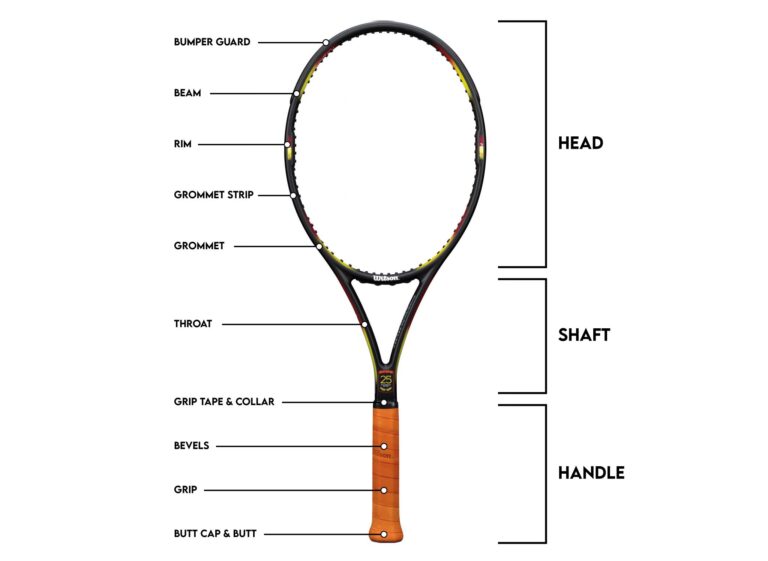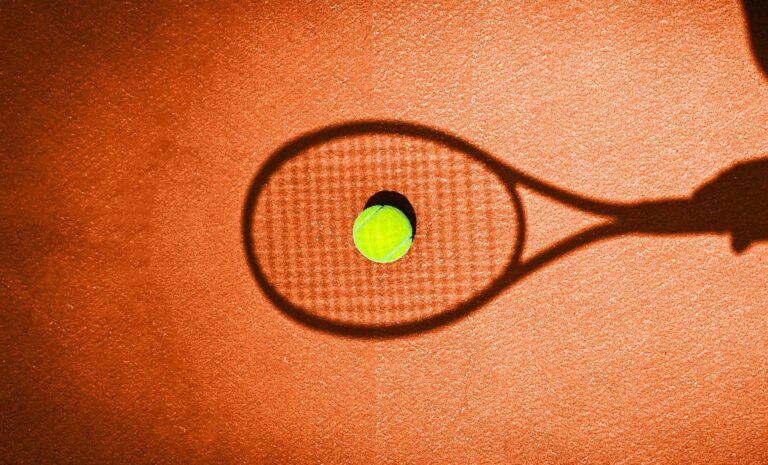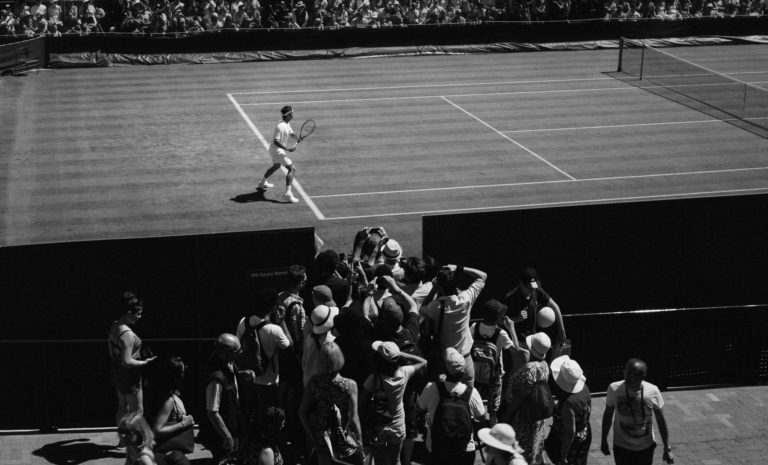If you’re new to tennis, you may be wondering how much playing time you’ll get out of a can of tennis balls. Well, it depends on a number of factors, from what level of tennis you play to the type of tennis balls you use. Of course, not all tennis balls are the same. Some start out with a different amount of pressure in them, make them bounce more or less. Some are designed specifically to be used on a particular surface, such as is the case with clay tennis balls. That being said, even if you play with the best tennis balls on the market, they will eventually wear down and need replacing. So, just how long do tennis balls last?
The Short Answer:
Playing at a recreational level, a can of pressurised tennis balls will last anywhere between 1-4 weeks of light to moderate play. If used for competitive tennis, a pressurised set of tennis balls might last as little as 1-3 hours. Pressureless tennis balls can last 1 year and maybe even longer.
What are "dead" tennis balls?
All tennis balls have a lifespan, no matter what type of tennis ball you use. Over time and with repeated use, tennis balls wear down and the level of their performance decreases to the point where they need replacing. At this stage, tennis balls are commonly referred to as “dead”, essentially meaning they’re no longer suitable for playing tennis. Generally, a dead ball will often have a much lower and less consistent bounce.
Factors that determine the lifespan of a tennis ball
Level of play: recreational or competitive
The level of tennis you play will affect the durability of your tennis balls. Hitting a ball harder and with more spin makes it wear down faster, so it will come as no surprise that tennis balls will last longer if only used for recreational tennis.
- Recreational Tennis: if you’re just playing tennis at a recreational level, a can of pressurised tennis balls could last anywhere from 1-4 weeks, depending on how much you use them. After that time, the balls will begin to lose their pressure and bounce.
- Competitive Tennis: playing tennis at a competitive level obviously wears tennis balls down much faster. In competitive tennis, the ball is often struck much harder and often with more spin, which wear the balls down much faster and can cause them to lose their pressure sooner. A set of pressurised tennis balls will often last anywhere between 1-3 sets of competitive tennis.
Tennis ball type: pressurised or pressureless
The type of tennis balls you use also changes how long a tennis ball lasts. Generally speaking, we can consider two main types of tennis balls: pressurised balls and pressureless balls.
- Pressurised tennis balls could be considered regular tennis balls as they are the most commonly used and are designed to have a high amount of air pressure inside the tennis ball core. This air pressure is what makes a ball bounce. As a tennis ball wears down, it loses air pressure and therefore its bounce.
- Pressureless tennis balls have a thicker rubber core designed to play like regular balls but without the need for a high amount of air pressure inside the ball. The thicker core often makes the ball much stiffer and somewhat heavier on the arm, meaning they aren’t as nice to play with and aren’t used for competitive tennis. They are most commonly used by tennis coaches for lessons and as practice tennis balls as they are much more durable and offer a more consistent performance over a longer period of time.
Type of tennis court surface
It will also come as no surprise that the surface of the court you play on will also affect the durability of a tennis ball. Some tennis courts, like hard courts made with concrete or asphalt are highly abrasive, so the balls wear down quicker. Grass courts and clay courts have much less effect on the wearing of the ball.
How to tell if a tennis ball needs replacing
There are generally 3 easy ways to tell if a ball is dead and needs replacing:
- Bounce: generally, one of the first signs a tennis ball has reached the end of its lifespan is an abnormally low bounce. To find out if a tennis ball has lost its bounce, simply compare it to another one. Drop both tennis balls from the same height. If one drops significantly lower than the other it’s probably wrecked and needs replacing.
- Squeeze: try squeezing the tennis ball in the palm of your hand. A new tennis ball will be hard to squeeze and barely give way, while a heavily used or “dead” ball will be easy to squeeze.
- Sound: the sound of a tennis ball being hit is pretty distinctive. When using tennis balls in good condition, the striking of a ball kind of sounds like a “whack”. However, when a tennis ball needs replacing, it will sound a little more hollow.
Frequently Asked Questions
Which tennis balls last the longest?
There is no doubt that pressureless tennis balls are best when it comes to durability, but they aren’t suitable for all players. However, when considering only pressurised tennis balls, it’s worth knowing that most tennis balls are often branded as regular duty tennis balls. Some manufacturers also produce extra duty tennis balls, which last longer than regular tennis balls.
How long do tennis balls last unopened?
You might be surprised to know that a sealed or unopened can of pressurised tennis balls won’t last forever. In fact, an unopened can of tennis balls will usually last around 2 years unopened. That’s because the pressure in a can of tennis balls will slowly leak out over time through micro leaks in the packaging.
How long do tennis balls last in a pro match?
If you’ve ever watched a professional tennis match, you may have noticed the umpire calling for a change of tennis balls. On the pro tour, tennis balls are changed after the first 7 games of a match and then consequently every 9 games. The first change of balls happens two games earlier to account for any wear on the balls during the warm up.




